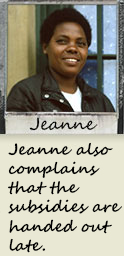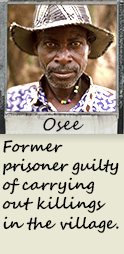











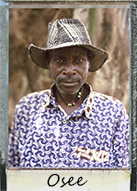
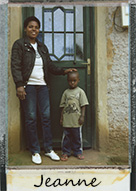
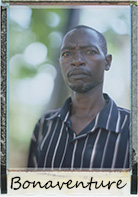
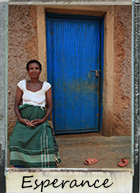
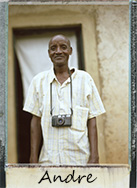
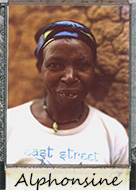
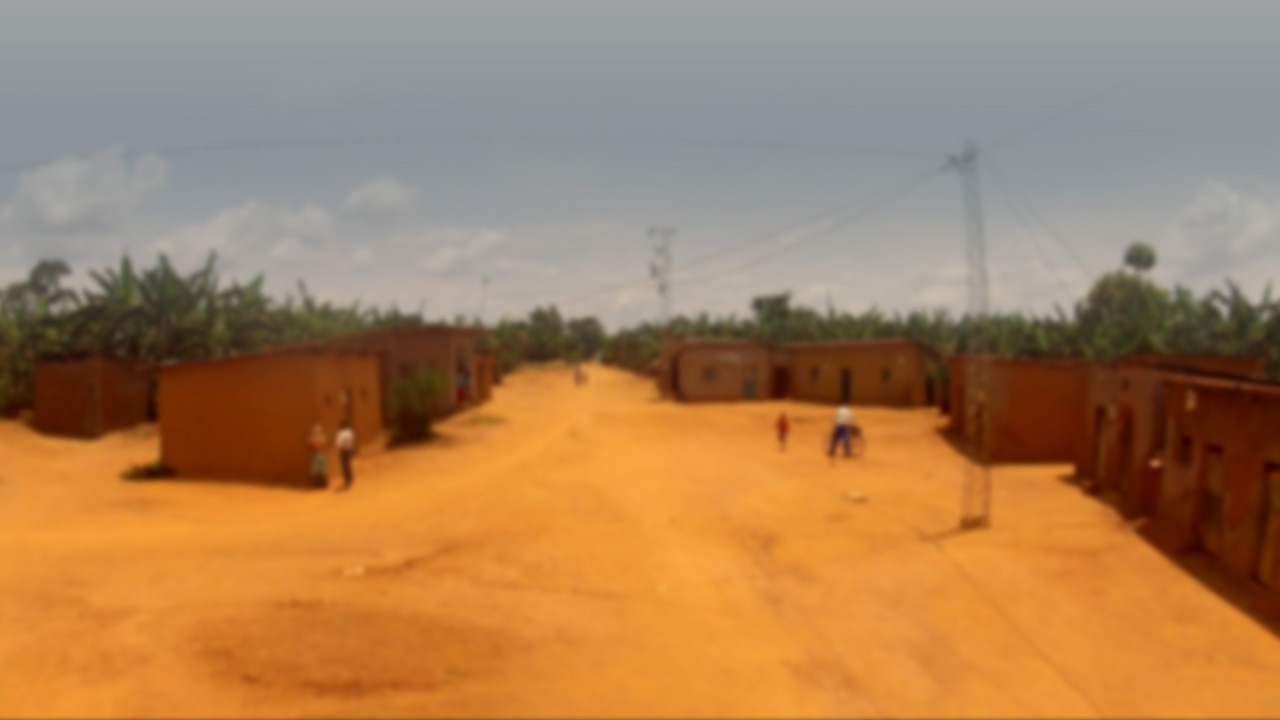












| Interacting through photographic portraits |
 |
| Nowadays in Rwanda, it's very difficult to openly discuss certain matters. Referring to any type of ethnic identity can lead to jail, as can criticising the government's development policies. Rwandans are also shy about publicly expressing personal opinions, which is why the project based itself on individual portraits, taken behind closed doors. In order to break down barriers with witnesses, to make interactions more lively and more intimate, and to focus on each person and their story, regardless of their ethnic or social group, the project used a specific photographic concept. The concept of Polaroid and “unique” photo was made possible thanks to a 1937 camera (Speed Graphic + Aero Ektar lens + Fuji film), with the photo being developed immediately. Two shots were taken each time: one print was given to the person who was photographed, and the other was included in this project. Thus interactions centred around the shots taken by artist and photographer Arno Lafontaine. |




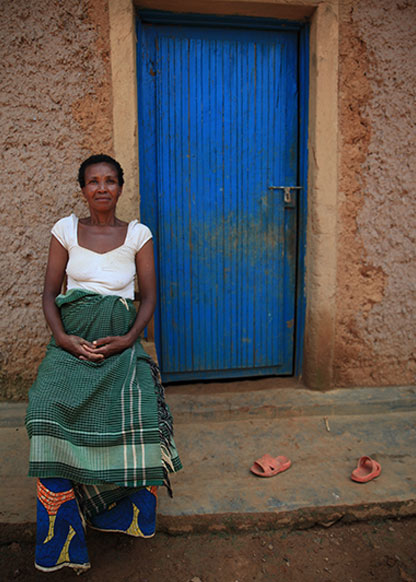
| Esperance |
| Esperance, 42, is a genocide survivor. Her body still bears the deep scars of Osee's machete, whose blows she miraculously survived. Yet she says she has forgiven him. But she is too traumatised to lead a normal life and complains that she is not getting enough help from the government. Esperance (“hope” in French) illustrates the issue of forgiveness, and of the difficult relations between survivors and perpetrators. |





